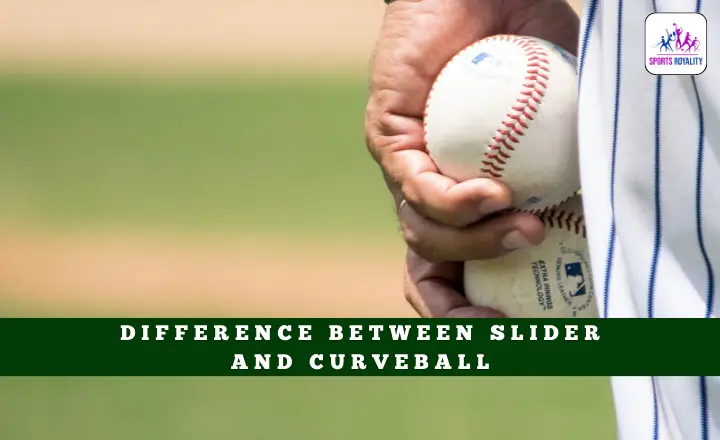Baseball fans and players alike have long debated the nuances of different pitches, particularly regarding the slider and curveball. These two breaking pitches are often mentioned in the same breath.
This article will delve into pitching and uncover the critical difference between slider and curveball. So grab your glove and get ready to unravel the mysteries of sliders and curveballs.
What is the difference between Slider and Curveball?
Regarding pitching in baseball, six popular types of pitches that often get confused are the slider and the curveball. While these pitches have a similar goal of fooling the batter with movement.
The Origin
A slider moves laterally across the plate, appearing as if it will go outside before suddenly breaking back toward the hitter. This sharp, downward movement makes it difficult for batters to react and make solid contact.
A curveball has more pronounced vertical movement, dropping down as it approaches the plate. This trajectory is achieved by gripping the ball with finger placements that create topspin and downward rotation.
While both pitches are effective weapons for pitchers, their origins are distinct. The slider was first introduced by Hall of Fame pitcher George Hooks Wiltse in the early 20th century.
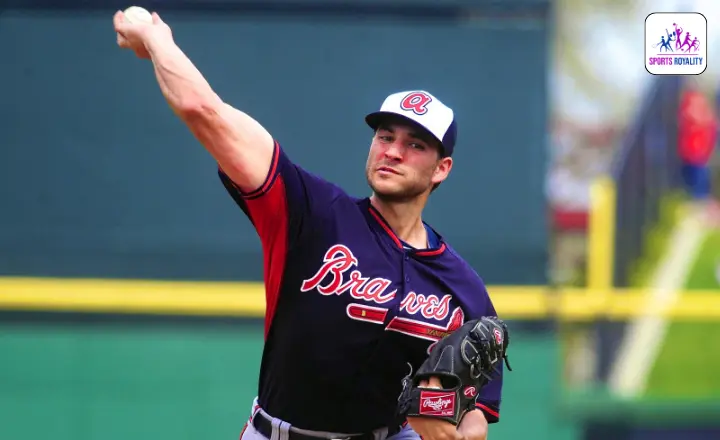
It was initially known as a nickel curve, derived from its grip similar to the traditional curveball but with added wrist action. As pitchers began experimenting with different grips and arm angles, variations of the slider emerged, giving birth to one of today’s most feared pitchers.
The origin of the curveball can be traced back even further to pre-Civil War baseball when pitchers would throw underhand and rely on significantly slower speeds compared to modern-day pitching velocities.
Arthur Candy Cummings revolutionized pitching by introducing an overhand motion and a throwing technique, creating substantial topspin on his pitches.
What are Slider and Curveball Pitches?
The slider is a pitch that breaks laterally, moving horizontally across the plate as it approaches the hitter. It is generally thrown with a slightly tighter grip and a faster speed than a curveball, resulting in a sharper break.
A curveball is known for its dramatic downward drop. This pitch involves using the index and middle fingers to generate topspin on the ball as it leaves the pitcher’s hand. The spin causes air to flow over the top of the ball faster than underneath it, generating a lift that pushes upwards against gravity and creates a dropping action.
Both pitches require impeccable control and timing from pitchers to deliver them effectively. They can be game-changers, leaving batters guessing and contributing to strikeouts or weakly hit grounders or pop-ups.
When hitters face expertly delivered sliders or curveballs, they’re left in awe of these tantalizing pitches that defy expectations – spinning one moment before darting or dropping unexpectedly – forcing hitters to recalibrate their strategy on every swing.
The Variations
Both pitches offer their own set of variations that add complexity and deception for pitchers. For instance, pitchers can manipulate their grip or arm angle to tweak the trajectory or velocity of these pitches, creating sliders with more sweeping movement or curveballs with faster speeds.
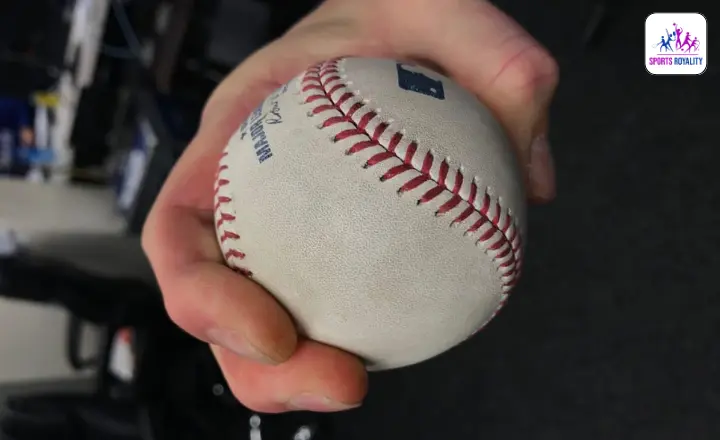
Some pitchers have developed hybrid pitches that combine elements of both sliders and curveballs, a slurve, for example, which further confuses hitters who are already tasked with tracking multiple types of pitches throughout an at-bat.
The Grip
The grip is one of the key differentiators between a slider and a curveball in baseball. Although these pitches may look similar to the untrained eye, their grips contribute to distinct movement patterns.
A slider typically requires a pitcher to hold the ball with their fingers across the seams, exerting pressure on one side for a lateral break. This grip enables pitchers to manipulate the ball’s rotation and generate a sharp, horizontal movement that slides away from right-handed hitters (for right-handed pitchers).
A curveball relies on holding the ball more profound in the palm, with fingers tightly wrapped around one or two seams. This altered grip creates more topspin, causing a downward trajectory as it approaches home plate.
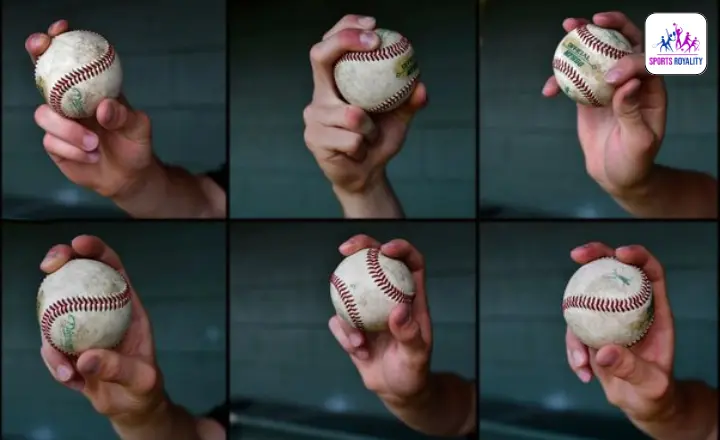
Mastering these grips is crucial for pitchers aiming to deceive batters with their breaking pitches. While both sliders and curveballs can be practical strikeout tools when executed correctly, they require different finger placement and muscle memory for optimal control.
Pitchers must understand how grip changes affect pitch movement and adapt their throwing mechanics accordingly. The ability to seamlessly transition between these pitches adds depth and unpredictability to a pitcher’s repertoire, making them even more challenging for opposing hitters to anticipate and hit solidly.
The Science Behind A Slider and a Curveball
A curveball generates topspin as it comes out of the pitcher’s hand. This enables gravity to exert greater force on it, resulting in significant downward movement during its trajectory toward home plate. The pitcher generally uses their index and middle fingers placed across one curved seam along with various thumb positioning techniques for added control.
In summary, while both pitches may seem similar from afar due to their break patterns, understanding how different spins applied by pitchers can lead to separate movements at home plate adds an intriguing layer of science behind every pitch we witness on the baseball field.
Chances of Injuries
Both pitches can be effective in perplexing batters, but there is an increased risk of injury associated with throwing breaking balls like the slider and curveball compared to fastballs. The torque on the elbow and shoulder joints from spinning the ball sharply can contribute to strain or even tears in these areas.
Young pitchers who still need to develop their throwing mechanics fully may be particularly vulnerable to injuries when attempting advanced pitches like these.
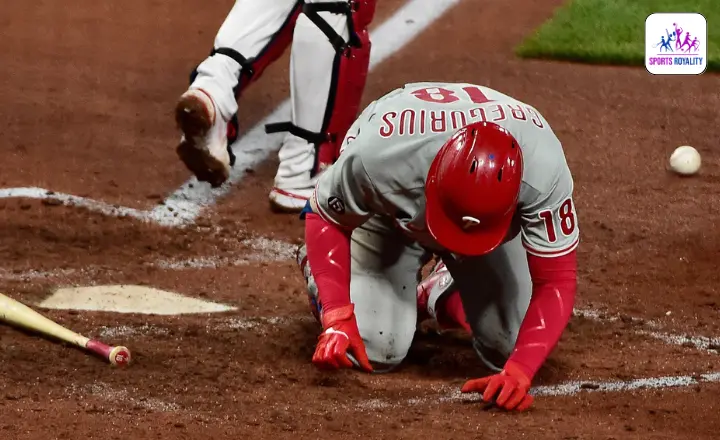
To minimize injury risks while utilizing these pitches effectively, pitchers should prioritize proper mechanics and strength training programs to maintain joint stability. Incorporating rest periods between outings allows ample time to recover overworked muscles and tendons.
Striking a balance between developing diverse skills while safeguarding against injury is crucial for pitchers who aspire to reach their full potential on the mound.
Curveball Or Slider: Which one is most difficult?
The debate between the difficulty of a curveball and a slider has raged on for years, with pitchers and hitters weighing in on which pitch poses the most significant challenge. While both pitches require skill and precision to execute effectively, the consensus leans towards the slider being the more difficult.
One reason hitters often find sliders more challenging is their late break. A well-executed slider can appear to be heading straight for the plate before sharply breaking away at the last moment.
This late movement can catch hitters off guard, making it difficult to make solid contact. In contrast, a curveball has a more predictable trajectory, allowing hitters more time to track its path.
Deception is another factor that adds to the difficulty of facing an expertly thrown slider. Pitchers who can mimic their arm speed and release point for fastballs and sliders can trouble batters by differentiating between them once it’s too late.
This uncertainty forces hitters into making split-second judgments on whether or not to swing, increasing their chances of being fooled by a well-executed slider.
Both pitches have their challenges; it’s clear that many believe sliders hold an edge regarding difficulty. The combination of late break and deceptive delivery makes them a formidable weapon in any pitcher’s arsenal.
Each batter may have preferences regarding which pitch gives them the most trouble based on personal experiences and hitting styles.
Some Famous Baseball Pitchers In History
All-times Legends of Curveball Pitching
- Sandy Koufax – Los Angeles Dodgers
- Bert Blyleven – Minnesota Twins
- Dwight Gooden – New York Mets
- Camilo Pascual – Washington Senetors. All-time
All-time Legends of Slider Pitching
- Randy Johnson – Arizona Diamondbacks
- Steve Carlton – Minnesota Twins
- Bob Gibson – St. Louis Cardinals
- Sparky Lyle – Boston Red Sox, Chicago White Sox, New York Yankees, Texas Rangers, Philadelphia Phillies
All-time Legends of Sinker Pitching
- William Charles Swift – Seattle Mariners, San Francisco Giants.
- Gregg Alan Maddux – Atlanta Braves, Chicago Clubs
- Mathew James Albers – Houston Astros, Boston Red Sox, Chicago White Sox, Washington Nationals, Baltimore Orioles, Milwaukee Brewers.
- Brad Steven Bargesen – Baltimore Orioles, Arizona Diamondbacks.
Conclusion
There are distinct difference between slider and curveball, while both are compelling pitches that can deceive batters. The slider typically has less break and more speed than the curveball, making it a popular choice for pitchers looking to generate ground balls or induce weak contact.
The curveball is known for its sharp downward break and slower speed, making it a go-to pitch for striking out batters. Pitchers must understand these differences and practice both pitches to maximize their effectiveness on the mound.
FAQ’s
When should you throw a slider?
The decision to throw a slider depends on various factors, such as the pitch count, the batter’s strengths and weaknesses, and the game situation. Pitchers use sliders as an off-speed pitch to keep batters off balance or induce swings and misses. It can be effective against batters who struggle with breaking balls or tend to chase pitches out of the strike zone.
Are there any recommended equipment or accessories discussed on Slider And Curveball?
We provide recommendations on the best types of baseballs, grip aids, training tools, and other accessories that can assist in developing and improving your slider and curveball pitches.

